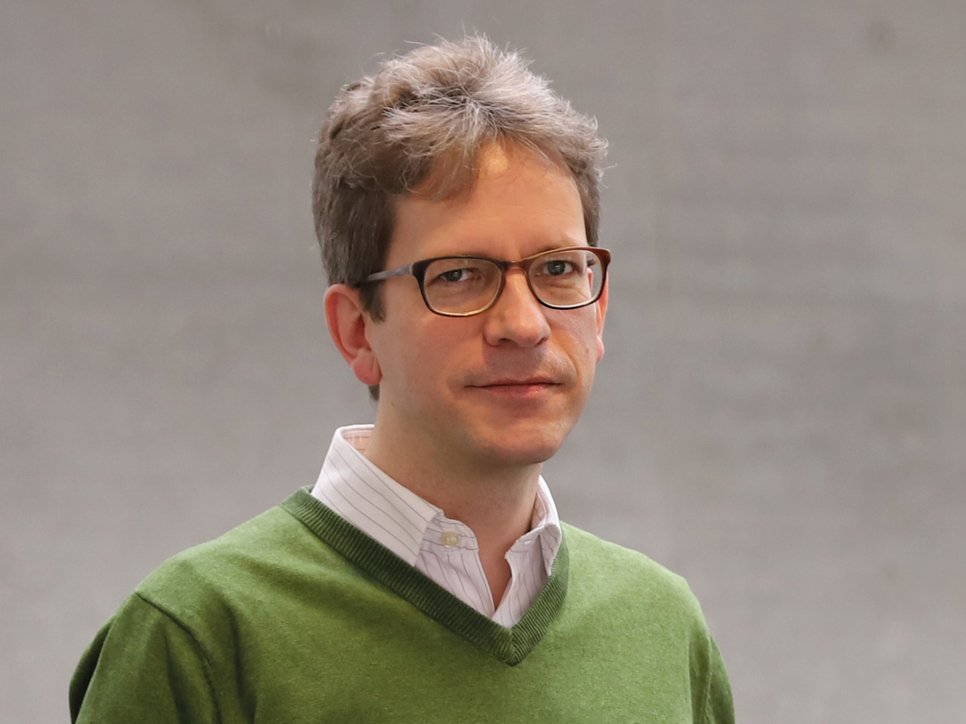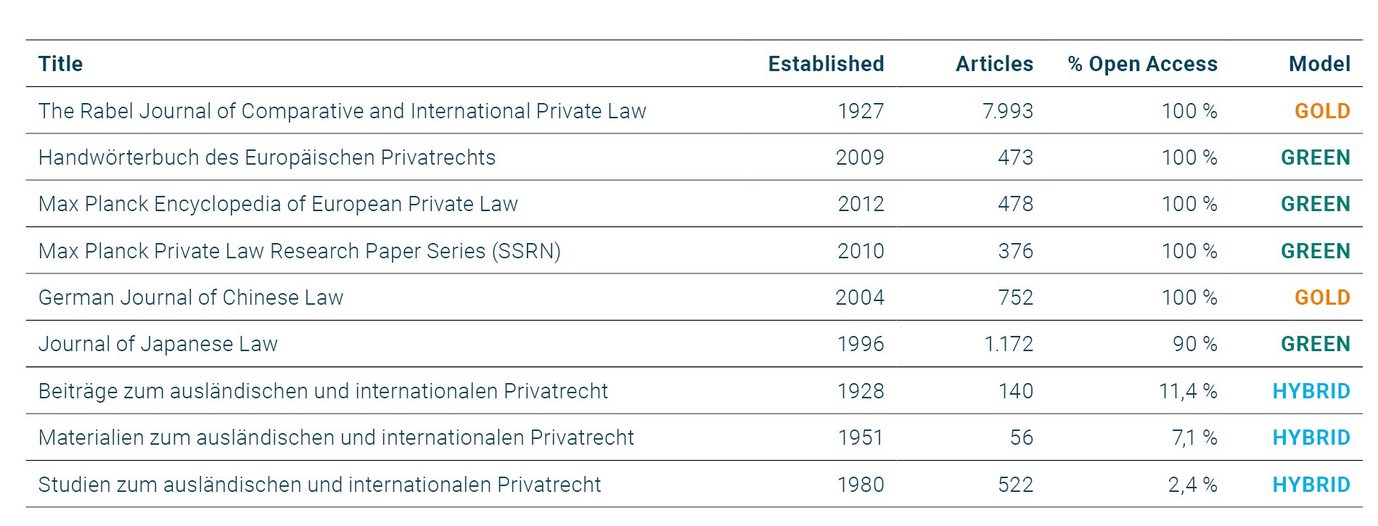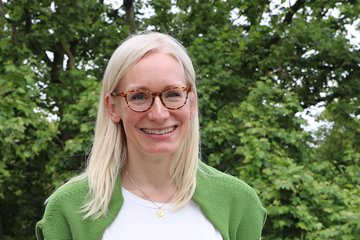
Academic Publishing in Transition
Open science through open access
Academic publishing and the use of academic literature are in the midst of a profound process of change. In accord with the new core principles, the results of publicly funded research should be freely accessible and participation in global academic discourse should not be dependent on having the necessary financial resources. Open access is a first and essential step towards an open science conception and structure of academic practice – and it is a model also guiding the Institute’s approach towards publication.
“Our mission of disseminating knowledge is only half complete if the information is not made widely and readily available to society,” reads the Berlin Declaration on Open Access to Knowledge in the Sciences and the Humanities. With this 2003 statement, German and international research organizations, including the Max Planck Society, set an important milestone in the open access movement. In its 2021 recommendations on open science, UNESCO has postulated a model that sees practices of reproducibility, transparency and cooperation integrated into academic enterprise. One of the principles enshrined therein is to make access to scholarly findings as unrestricted as possible. In both Germany as well as international arenas, the granting of funding is – against this background – increasingly tied to open access publication of the results.
Institute publications embrace the spirit of openness
On 1 January 2024, the Institute's flagship journal, the Rabel Journal of Comparative and International Law (Rabel Journal), was fully transformed into an open access publication. "In so doing, we are intensifying our commitment to open access publication of foundational research," says Christian Eckl, managing editor of the Rabel Journal and head of the Institute’s editorial office, whose team of eight staff members each year help to prepare numerous manuscripts for publication in partnership with domestic and international publishers. "Achieving open access has for many years been an important aim of the Institute’s publishing activities, and in this vein we are continuously working towards increase the proportion of freely accessible books and articles."
The Rabel Journal was founded in 1927 by Ernst Rabel as a central forum for basic research on the international dimensions of private law, business and commercial law, and procedural law. Since 1961, the journal has borne the name of its founder. With an average length of 950 printed pages, it is published in four issues per year – in print and online. With the switch to open access, ensuring the economic viability of the publication becomes an important question. Towards this end, the publisher Mohr Siebeck has chosen the model known as Subscribe to Open (S2O). "The step undeniably entails entrepreneurial risk as it can work only with the participation of existing subscribers,” explains Eckl. “If subscribers remain loyal to the magazine, they secure not only own their access and possession of the print publication, they also contribute to increasing readership worldwide."

„Achieving open access has for many years been an important aim of the Institute’s publishing activities, and in this vein we are continuously working towards increase the proportion of freely accessible books and articles.“
– Christian Eckl, Head of the Editorial Offices –
All articles published since the journal’s inception have been given a CC BY 4.0 licence and can be found in the publisher's e-library as well as in the online archive JSTOR, thus allowing easy and legal access. The S2O model will initially apply for a limited period of time. In the event it is not accepted by a sufficient number of subscribers, however, the publisher would need to return to closed access. In any event, all CC-licensed content will remain freely accessible on a permanent basis.
Core aspects of quality assurance and good academic practice
In addition to providing free access to academic output, one of the key principles of open science is inclusivity towards researchers offering their contributions for publication. "Editors must ensure that their quality standards and procedures are transparent, fair, and comprehensible," says Eckl. Accordingly, guidelines established for this purpose must be regularly assessed and must also be suitable for special challenges such as AI-supported text production. For Institute publication series and journals, peer review is in the hands of scholars from Germany and abroad who carefully examine all submissions.
„Editors must ensure that their quality standards and
procedures are transparent, fair, and comprehensible.“
– Christian Eckl, Head of the Editorial Offices –
As open access publications have a broad scope and thus address a broad audience, they are of great interest to academic authors. "Regrettably, this has also brought untrustworthy publishers onto the scene," observes David Schröder-Micheel, who has the task of advising Institute researchers on questions regarding electronic publication and open access. "So-called predatory journals aggressively advertise fee-based open access publishing options but fail to comply with the quality assurance standards necessary for academic work and do not ensure the archiving of publications."
Dismantling financial barriers
Without constructive co-operation between researchers, funding organizations, publishers, and libraries, open access transformation cannot be achieved. In terms of the associated economic, technical, and legal issues, there are questions that remain in need of clarification and solutions that still need to be found. Certain aspects are currently in the experimental stage and much continues to be in flux.
In the meantime, several models allowing open access publication have established themselves. Scholars at the Institute generally publish under "gold", "green" or "hybrid" models. The Institute is particularly pleased with the S2O pathway that is being followed by the Rabel Journal. In contrast to models that are based on the collection of article processing charges (APCs) for each individual contribution, S2O adopts an equal opportunity approach: All accepted articles benefit from open access without any role being played by the financial capacity of individual authors or their institutions.
In terms of the current portfolio of Institute publications, a high percentage of texts and articles are already available open access. But the Institute does not see this as a reason to rest on its accomplishments. The benefits, meaning, and purpose of open access and open science must be constantly explored, discussed, and communicated, and resources used for this purpose must be justified. To accomplish these tasks, the editorial office works closely with the Institute library and participates in various open science working groups within the Max Planck Society.

(As of 8 April 2024)
GOLD: Open access first publication: Academic works and content are immediately accessible by the public at the time of publication. Open access publication may incur APCs/BPCs.
GREEN: Secondary publication: A work published by a publishing house is made available on a website or in a repository. Open access publication can be in advance of, simultaneous with, or subsequent to publication by the publisher.
HYBRID: "Mixed publication": Elements in closed-access-publications or closed-access-series are, after fee-based activation (APCs or BPCs), made publicly accessible on the publisher's website or on another website.
Images: © Max Planck Institute for Comparative and International Private Law / Johanna Detering













